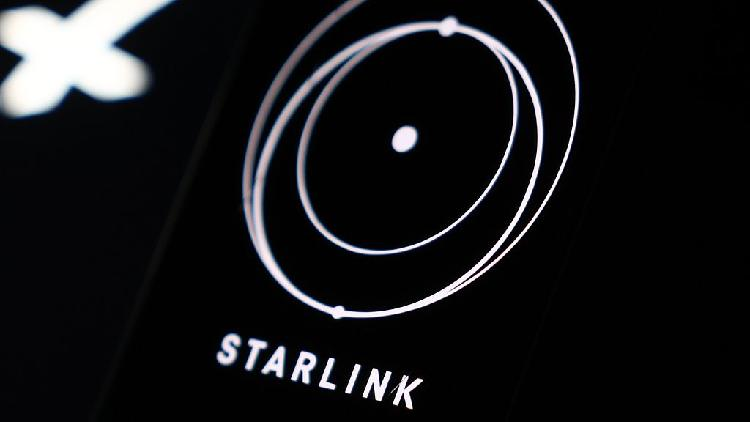Imagine creating a solar eclipse whenever you want! Well, that’s exactly what European scientists have done. Two satellites, working together like dance partners in space, have made the first artificial solar eclipses! 🌚🌞
The European Space Agency (ESA) recently showed off amazing pictures of these artificial eclipses at the Paris Air Show. These satellites, launched last year, have been zooming around Earth, creating their own eclipses since March.
How do they do it? The two satellites fly super close to each other—about 150 meters apart (that’s like one and a half football fields!). One satellite moves in front of the sun, just like the moon does during a real solar eclipse, blocking its bright light. The other satellite has a special telescope pointed at the sun’s outer atmosphere, called the corona, which looks like a glowing halo. 🌟
This isn’t easy! The satellites have to be incredibly precise—they need to stay in position within a millimeter (that’s as thin as your fingernail!). They use cool technology like GPS, star trackers, lasers, and radio links to keep everything just right. 🚀
The mission is called Proba-3 and it’s a big deal. So far, they’ve made 10 artificial eclipses, with the longest one lasting five hours! They hope to make each eclipse last up to six hours when they start their main scientific work in July.
Why is this important? Natural solar eclipses are rare and only last a few minutes—these satellites can create eclipses that last for hours! Scientists will get over 1,000 hours of total eclipse time over two years. That’s a lot of time to study the sun’s corona, which helps us understand more about space weather and how the sun works. 🔭
Unlike previous missions, where the sun-blocking disk and the telescope are on the same satellite, Proba-3 uses two separate satellites. This unique setup lets scientists get a better view of the parts of the corona closest to the sun.
Isn’t it amazing what we can do with science and teamwork? Who knows what discoveries these artificial eclipses will bring! 🌠
Reference(s):
ESA unveils 1st artificial solar eclipses made by European satellites
cgtn.com




